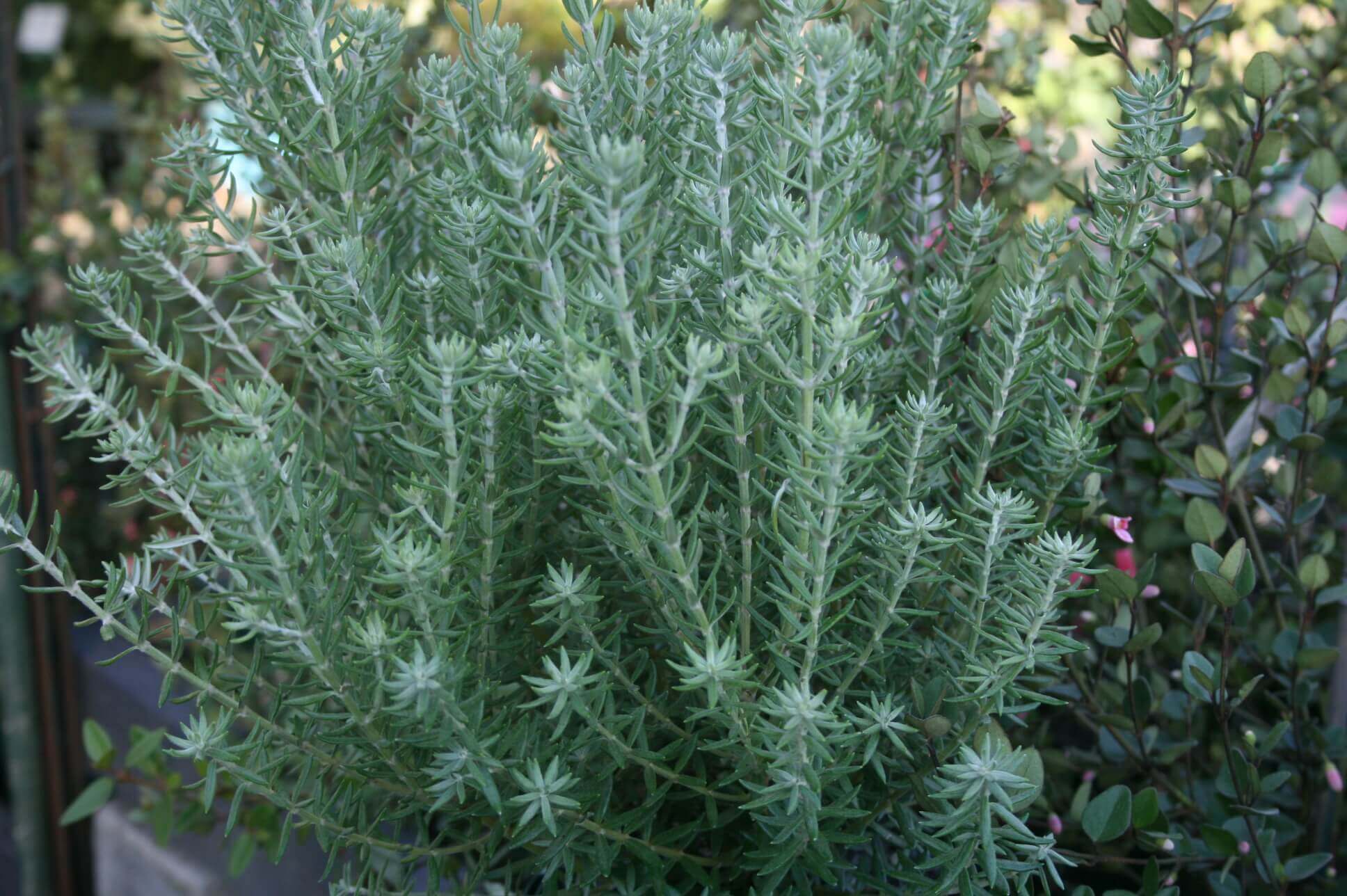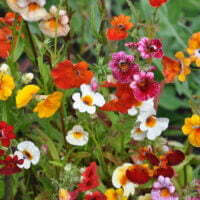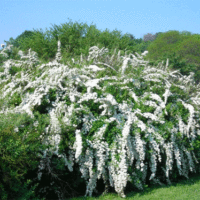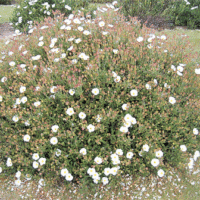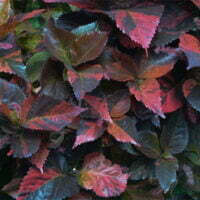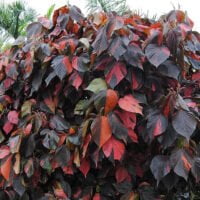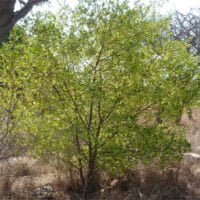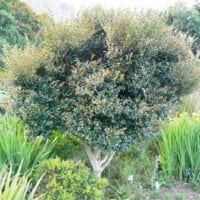| Botanical name | Westringia |
|---|---|
| Plant Care |  Full Sun Full Sun – Prefers 6 or more hours of sun per day.  Half Sun Half Sun – Prefers 3 To 6 Hours of Sunlight a Day. Frost Hardy Frost Hardy – Can Handle frost without damage.  Non Indigenous Non Indigenous – Exotic to South Africa. |
| Size | |
| Categories | |
| Flowers | July August September October November This plant bears white to light lavander flowers from late winter to early summer. |
| Common name(s) | Sticky Westringia |
| Foliage | This plant has light gray-green whorls of small leaves. |
| Uses in landscape design | They are useful landscape subjects for regions with mild winters and are often seen as hedging or screening plants. |
| Drought tolerance | High |
| Fruit | The fruit is divided into 4 tiny nutlets hidden in the persistent calyx. |
Westringia (Sticky Westringia)
- Botanical name: Westringia
- Common name(s): Sticky Westringia
- Categories: Shrubs and Perennials
Plant description:
Westringia has light gray-green whorls of small leaves with white to light lavander flowers from late winter to early summer. This fairly drought tolerant plants grow best in full sun. They are useful landscape subjects for regions with mild winters and are often seen as hedging or screening plants.
Family: Lamiaceae
Botanical Pronunciation: west-RING-ee-uh
Westringia requirements and features
info on these icons
Moderate Maintenance
Requires moderate maintenance.
Prohibited Use Notice: No Data Scraping Allowed Except for Search Engine Indexing:
The content provided on PlantInfo.co.za is intended for personal, non-commercial use only. Unauthorized extraction, reproduction, or use of the data, including scraping, for any purpose other than search engine indexing is strictly prohibited. Violations of these terms may result in legal action. By accessing and using this website, you agree to comply with these conditions and acknowledge the legal restrictions on the use of our content.
July August September October November
This plant bears white to light lavander flowers from late winter to early summer.
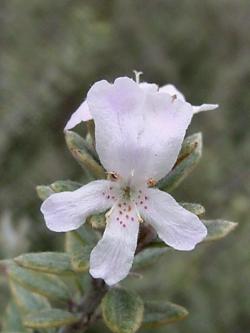
This plant has light gray-green whorls of small leaves.
